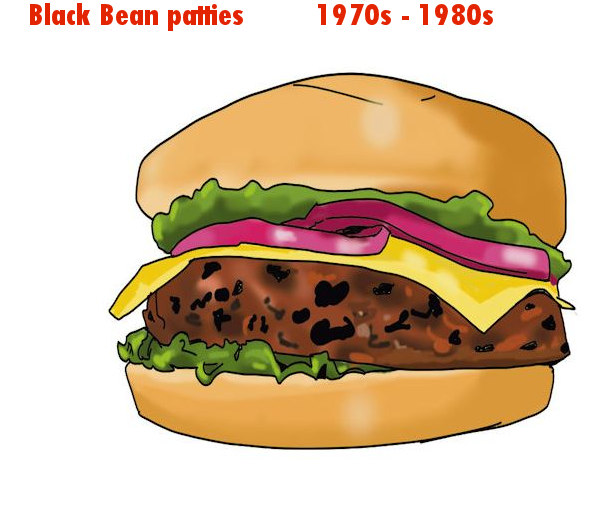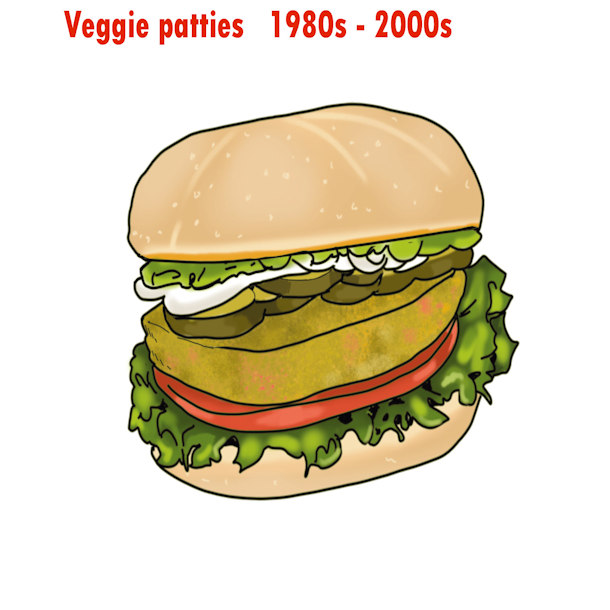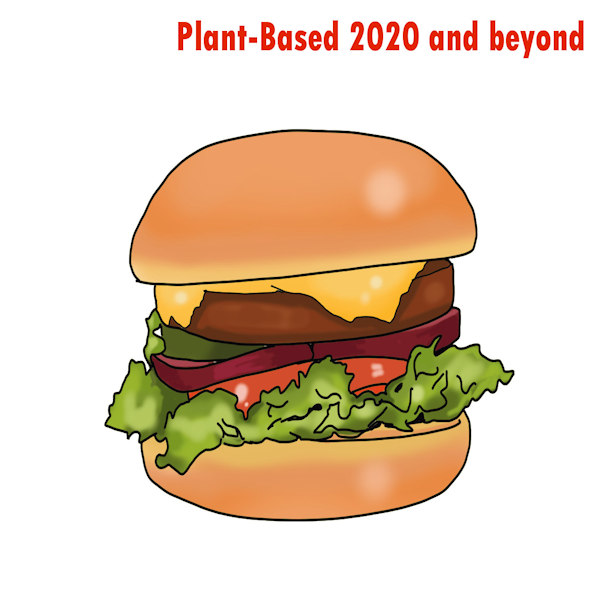Burgers have been a big part of the Standard American Diet (SAD) since time immemorial. Who can resist the temptation of the rich aroma and the sizzling texture of a patty enjoyed on a bun? Vegetarians and vegans, however, have historically found it hard to find suitable alternatives. Over time, as the food industry expanded and newer experiments began to be performed on customer’s palates, plant-based patties, also called meatless patties became a real thing. The alternative patties you get in the retail store today next to the meat-based patties are a result of years of hard work and research. Read on to know more about where these patties came from and how they got here today.
A Bit of History
While it is difficult to pinpoint the exact date and time when the first meatless patties were created, there is a consensus around the original ones being made available in the early 1980s. Gregory Sams, who owned a natural food restaurant in the heart of London, made one of the first popular meat-free patties, known as VegeBurger. In those days, the patties were made by combining grains (yes, they were not gluten-free), vegetables, oils, and certain other dry ingredients. These patties, once baked, were quickly frozen. This is why most early generation veggie patties were available in the frozen sections of the supermarkets.

The Early Evolution
The veggie burgers of the early 80s were great for vegetarians, but they were not marketed as substitutes for meat-based patties. They were only consumed as the less enjoyable versions of the meat patties by those who could not consume meat for whatever reasons. Their sales were restricted to vegans and vegetarians only. In the late ‘90s and the early 2000s, things began to evolve for the often-condemned veggie patty. Pioneers in the field such as Gardenburger and Boca Burger utilized the technological advancements, stuck to the original ingredients but started marketing the patties more appealingly. These started selling well considering that competition was still somewhat scarce, and demand was slowly but surely growing.

Growing Markets
By the end of the first decade of the new millennium, veggie burgers began to be widely served at popular restaurants such as Burger King. Soon enough, other chains such as Subway, Denny’s, Harvey’s, etc. followed suit. It was, however, still early days for the veggie burger to be considered as an option for meat-eaters. These were mostly available as a separate item on the menu that vegetarians and vegans opted for. They were probably delighted to have more access to the meatless options, but that’s it. Occasionally, if you visited any of these joints, you might have seen a suggestion from the chef or in some corner of the menu about these patties being a viable alternative for meat-based burgers or sandwiches. The winds were changing right there.
Today’s Generation
Fast forward to 2019 (also considered to be “a year of meatless burger”) and you see the meatless burger market completely overhauled. Newer brands have entered the foray modifying the original patties to the extent that they are sold right next to the meat patties instead of being stuck inside the freezers. Impossible Burger is one such brand that manufactures faux meat patties. They use heme compound, for example, to give the patty the ‘bloody’ look of real meat. The intention? To sell these patties to meat lovers. More meat-eaters are opting for flexitarian and vegetarian diets owing to growing environmental concerns and health issues and today’s generation of plant-based burgers does well to cater to this mindset. Other “new-gen” brands include Sweet Earth, FieldBurger, Lightlife Burger, and Beyond Burger, among many other contenders.

Should You Have Them?
There are two ways to look at this question. One, if you are a vegetarian already and want to continue eating veggie burgers, and two, if you are a meat-eater occasionally wishing to cut back on animal products. For vegetarians and vegans, these new-age patties do not appeal much. They might as well stick to their original veggie burgers. The ‘bloody’ look can also be revolting to some. Coming to meat-eaters, yes, the market is wide open for them. If you want to take one for the planet, go ahead and grab a bite. However, when it comes to the health quotient, these patties are not necessarily a better option, some dietitians and health experts think although they agree that incorporating these flex options into your diet once in a while is not a bad thing.
The Way Ahead
Although meatless burgers have significantly evolved in the last 20 odd years, now especially being marketed for meat lovers, there is still a long way to go. Brands need to understand that looks and tastes are not everything. More people are opting for fresh and whole foods and avoiding processed and GMO-based products. With growing markets, however, competition in this domain is expected to be fierce. So, if the idea is to help a large population switch from meat to veganism, it is crucial to perfect these patties further to include more fresh vegetables and fewer preservatives and chemicals. Also, continuing to produce quality foods that cater to both vegetarians and meat-eaters alike should be a prime goal.

